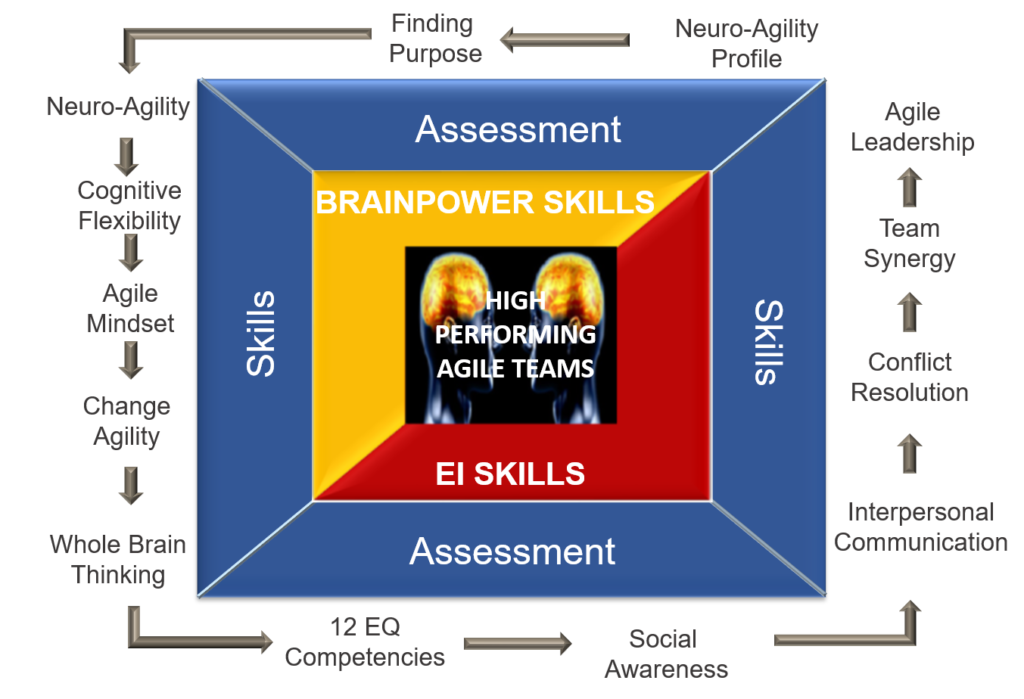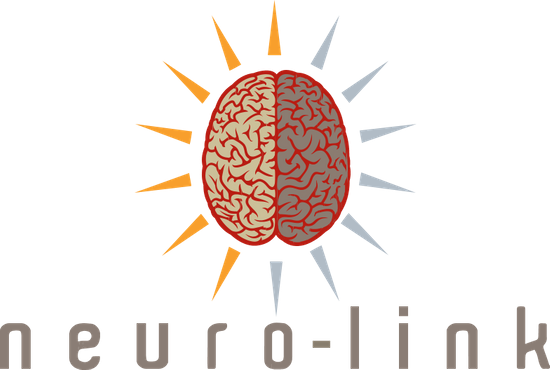Case Study: Developing Agile Leaders and Teams
Background:
- An international logistics company recorded a 113 million loss in three cross-functional divisions over one financial year. As a result, no 13th performance bonuses checks could be paid.
- An investigation indicated that executive leaders and HODs were mainly responsible for mistakes, errors, and incorrect decisions that led to losses.
Purpose of case study
- An investigation was launched to understand why losses occurred.
- How to rectify and prevent this scenario from occurring again.

The following root causes were identified for losses:
- Human errors were caused by egotistical mindsets, poor decision making and a lack of attention to detail
2. Lack of taking accountability:
- Mirroring potential mistakes away from themselves or departments to others
- Lack of authenticity and transparency
3. Incorrect decision-making due to lack of agile mindsets and cognitive flexibility:
- A culture of task matters more than people
- Lack of growth mindset
- Silo thinking in departments
- HODs and managers making incorrect assumptions without verifying
- Strong egotistical mindsets
4. Insufficient interpersonal and leadership agility skills:
- Lack of interpersonal communication between executive managers
- Insufficient feedback
- Destructive interpersonal conflict
- Lack of unforced team synergy due to lack of trust
Actions taken:
- Individual assessments, debriefings, and PDPs for each participant.
- A NAP™ Advanced+ assessment was compiled of all executive leaders to measure the elements that promote their brain performance, mental flexibility, and the Neuro Design elements that impact their risk for error and communication styles. Each executive received a 29-page personal development NAP report, a face-to-face debriefing, and compiled a personal development plan (PDP) to improve their brain fitness and mental flexibility.
- Subsequently, a 12 Emotional Intelligence Competencies Profile™ was compiled of all executive leaders and senior managers to determine their emotional intelligence competencies. Each executive received a 14-page personal development EI report, and a face-to-face debriefing, and compiled a personal development plan to improve their emotional intelligence skill set.
2. Team assessments and debriefings
- A NAP™ Team Agility Profile and development plan was compiled and discussed with the executive leadership team to measure the mental flexibility and Neuro Design elements that impact team agility, their risk for error, and communication styles.
- The CEO received a NAP™ Team Agility Report to better understand:
- – Who is on the team,
- – How to manage them towards their natural strengths,
- – Identify which gaps to close in the strategic thinking process,
- – Their unique neurological communication styles
- – How to reduce the executive team’s potential risk for error.
- Subsequently, an EI Team Profile was compiled and discussed with the executive leadership team to measure the emotional intelligence elements that promote high-performing teams.
- 3. A blended approach to training was followed with participants
- The following learning interventions and solutions were offered:
- – 1 Day live contact session per month for 1 year
- – All participants completed the online Brain Agility Booster and the High Achiever Emotional Intelligence Program for Agile Leaders.
- – Each participant received 12 coaching sessions over 1 year – 1 session per month.
- – All participants had at least 1 contact session per month after each module to discuss how their learning could be practically applied and implemented in their business.
- Post evaluations of their NAP and Emotional Intelligence Competencies profiles were done 1 a year later to measure their PDP progress.
- The company internally evaluated all participants’ performance and correlated it to the post evaluations of the NAP and emotional intelligence assessments.

Summary of human skills needed to address root causes:
- Complex problem solving
- Critical and creative (whole brain) thinking
- Accurate decision-making and risk-taking
- Interpersonal communication and conflict resolution
- Team synergy, trust, and collaboration
- Interpersonal skills
- Social awareness skills
- Leadership Agility
- Cognitive flexibility
- Agile and growth mindset
- Change agility
Proposed skills development interventions
Strengthen cross-functional communication and interaction that will resolve conflict and drive business results
Develop brainpower skills like:
- Complex problem solving
- Critical/analytical and creative/strategic thinking
- Cognitive flexibility
- Agile mindset
- Decision making
Develop emotional intelligence skills like:
- Effective communication and conflict resolution
- Trust, collaboration, and team cohesion
- Leadership agility
Minimize the risk for error and mistakes through skills like stress and fatigue management

Skills development process for the leadership team:

Summary of results achieved:
- 13.3% increase in brain optimization
- 9.3% increase in cognitive flexibility
- 12.4% increase in overall brain agility
- 12.8% increase in overall emotional intelligence
- 34% increase in performance = 4 promotions
- Statistics above correlated to improved business performance
- Employees received a 13th cheque as well as additional performance bonuses for some
- No significant losses due to human error
- Significant profits reported
- 3 additional business units acquired
ROI impact on the company:
100% of respondents stated that knowing their neuro-design and potential risk for error helped them in leading more effectively and reducing their risk for errors and mistakes
Improvement in NAP and EI scores correlated to:
- Improved business performance
- Promotions
- Fewer errors, and mistakes
- Increased social cohesion and team agility
Key takeaways:
- This case study amplifies the fact that brain power and emotional intelligence skill sets are mandatory for leaders, teams, and organizational success.
- Agility, brainpower and emotional intelligence skill sets, psychological safety, and values like trust, accountability, collaboration, and purpose are the drivers that enable high-performing, agile teams to out-perform their competition.
- Agile leaders who create agile, high-performing teams are the secret ingredient for organizational success.




